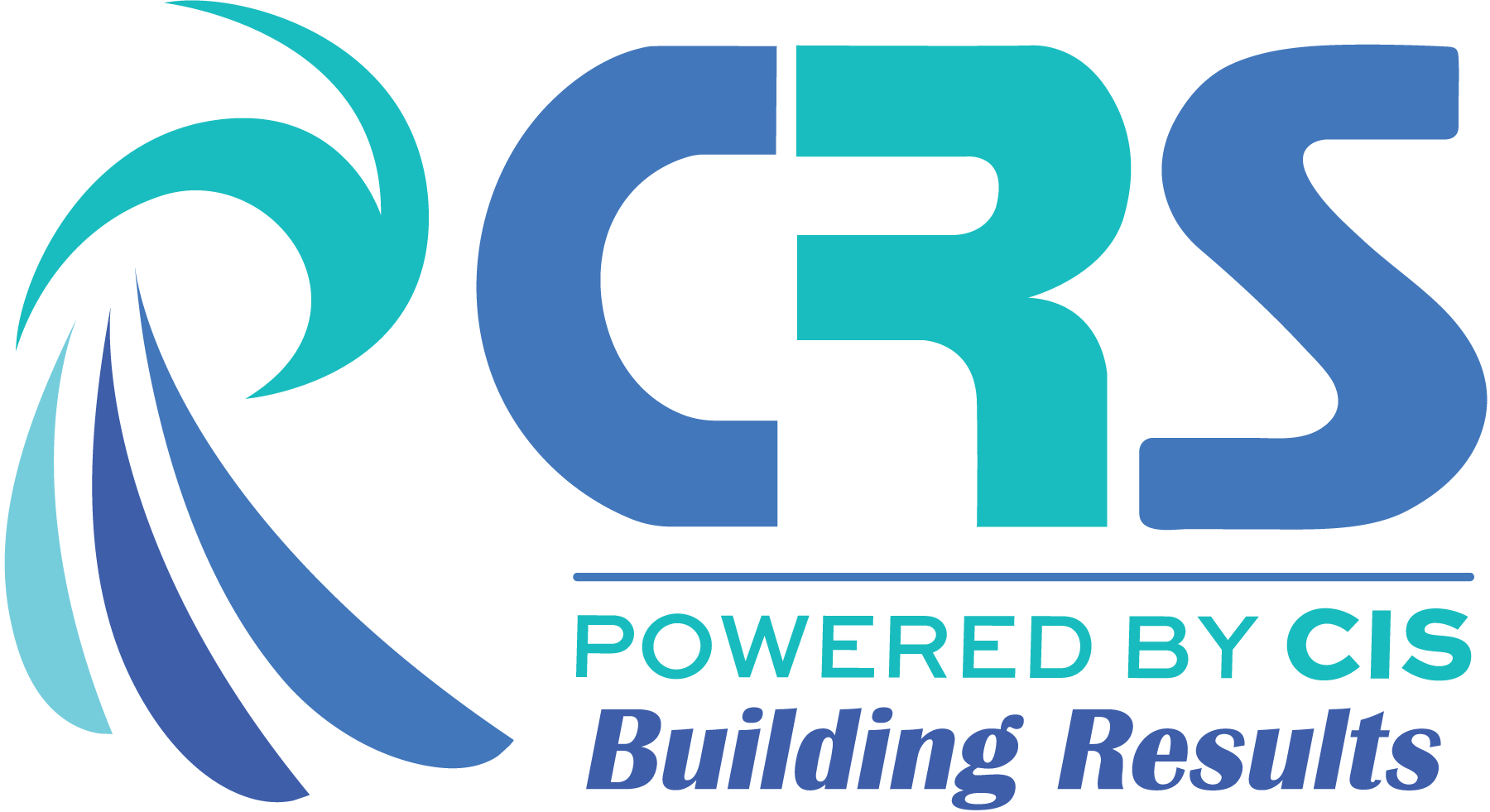In the realm of business contracts, particularly in industries where there’s potential for accidents or liabilities, hold harmless agreements play a crucial role. Essentially, a hold harmless agreement is a contractual provision that serves to protect one party from liability claims brought by another party involved in the contract. This provision holds the party harmless against legal claims or demands arising from the actions of the other party.
Protection from Claims
The primary purpose of a hold harmless agreement is to shield you and your company from potential claims or damages that may arise during the course of a job or project. Let’s say you’re hired to perform a service, and during the process, an accident occurs that results in property damage or personal injury. Without a hold harmless agreement in place, you could be held legally responsible for the damages, even if they were caused by factors beyond your control.
Subrogation and Liability
One important aspect of hold harmless agreements is their role in preventing subrogation. Subrogation refers to the legal right of one party (such as an insurance company) to pursue a claim or damages in place of another party. By including a hold harmless clause, you can prevent the other party from seeking compensation or reimbursement from you, even if they are insured for the loss.
Requirement by Insurance Companies
It’s worth noting that many insurance companies require businesses to have hold harmless agreements in place as part of their risk management protocols. This requirement underscores the significance of these agreements in mitigating potential liabilities and protecting both parties involved in a contract.
Essential Component of Subcontracts
In many cases, hold harmless agreements are included as a standard component of subcontract agreements. When subcontracting work to another party, it’s essential to have a hold harmless provision to ensure that your company is not held liable for any mishaps or accidents that occur during the subcontracted work.
Conclusion
In conclusion, hold harmless agreements serve as a vital safeguard for businesses, contractors, and subcontractors alike. By delineating responsibilities and liabilities in a contract, these agreements help mitigate risks and protect parties from costly legal disputes. Whether mandated by insurance companies or included as a standard practice in contracts, understanding and implementing hold harmless agreements is essential for effective risk management in business operations.

